New ITVX comedy series Count Abdulla has put a new spin on the horror genre.
The story of a young Muslim doctor getting a lust for blood after being bitten by a vampire has a stand-out performance from Sia Alipour as the street-smart cousin trying to figure out what is going on.
The talented actor adds a comic flair to the unique six-part sitcom available now on ITVX and was happy to discuss it with Eastern Eye.
He also spoke about his Count Abdulla character, inspirations, and greatest horror icons.
Tell us about your character in Count Abdulla?
Shafi is Abdulla’s cousin and an insufferable, lovable rogue. With a unique blend of modern road mannerisms and Islamic study, he aims to find his place in the community, and the world. He sees himself as a source of guidance for Abdulla (and everyone else).
What was the biggest challenge you faced while playing this role?
Shafi is hilarious, but he’s not a cartoon. His ideas and views are based on his reality, where street smarts trump book smarts, and violence is a quick answer. The biggest challenge was doing right by Kaamil’s genius writing and ensuring that Shafi doesn’t just become a roadman caricature.
Tell us about your favourite moment in the show?
Auntie Bushra, played by the delightful Nina Wadia, and Shafi are an unstoppable duo. There’s a scene in the series where Abs comes home late to find them both in the darkness waiting to scold him, and the spirit of ‘the eternal auntie’ overcomes Shafi. I had a conversation with Asim, our director and hero, about how Shafi’s transformation into a disappointed auntie is indicative of the influence powerful women have in our communities.
Can you share a memorable moment from behind the scenes?
More than 10 years ago I started as a stuntman, and today my experience in the department allows me to help with action/stunt production. My better half, Lauriane Rouault, is the action designer for the show, as well as Jaime Winstone’s stunt double. Working with her to create some of the action scenes for Count Abdulla was my favourite BTS.
Are you a horror movie fan yourself?
I’m so trash at horror. It was never a big part of my childhood, is the excuse I use instead of saying I get jump-scared so easily, it’s embarrassing. Meanwhile Lauriane watches horror films like they are comedies. I prefer psychological thrillers, like the Korean film Oldboy Real talk, go watch that film.
Where do you think Dracula ranks on the scale of horror greats?
Dracula has to be the GOAT of horror, surely? Here is a guy who essentially has superpowers, and instead of influencing world politics and being famous for talking to animals, he decides he’s just gonna wear all black and eat dainty women. Icon!
If you could play any horror character, which would it be?
I’ve always had a penchant for supernatural entities, like personifications of Death and the Devil. Slick, suave characters who seem to be steps ahead of everyone else, shrouded in mystery. What’s scarier than unmatched, weaponised intelligence? Like if Matt Damon in Good Will Hunting grew up to become Hannibal Lecter or Keyser Soze.
What inspires you as an actor?
I was born in Iran, and the Middle East has strong roots in storytelling; it’s how the elders teach the younger. Stories teach life lessons and open minds of listeners to the complexities of the universe. I’m working on bringing a lot of Iranian cultural stories to life in the future. We have a lot of myths and legends the rest of the world knows very little about. We learn to be smart from books, but wise from stories.
Why should we all tune into Count Abdulla?
Count Abdulla is not a display of multicultural references and by-the-way social lessons. Shafi is not a cartoon thug. Bushra brings new life to the typical ‘humourless mother’ stereotype. Abdulla is not a typically pathetic nerdy protagonist. Kathy is definitely not a typically grumpy vampire either. It’s not imposing, and the audience isn’t expected to understand or even notice every piece of cultural back and forth. It’s a story about some outsiders. Who doesn’t relate to that?
Count Abdulla is available on ITVX

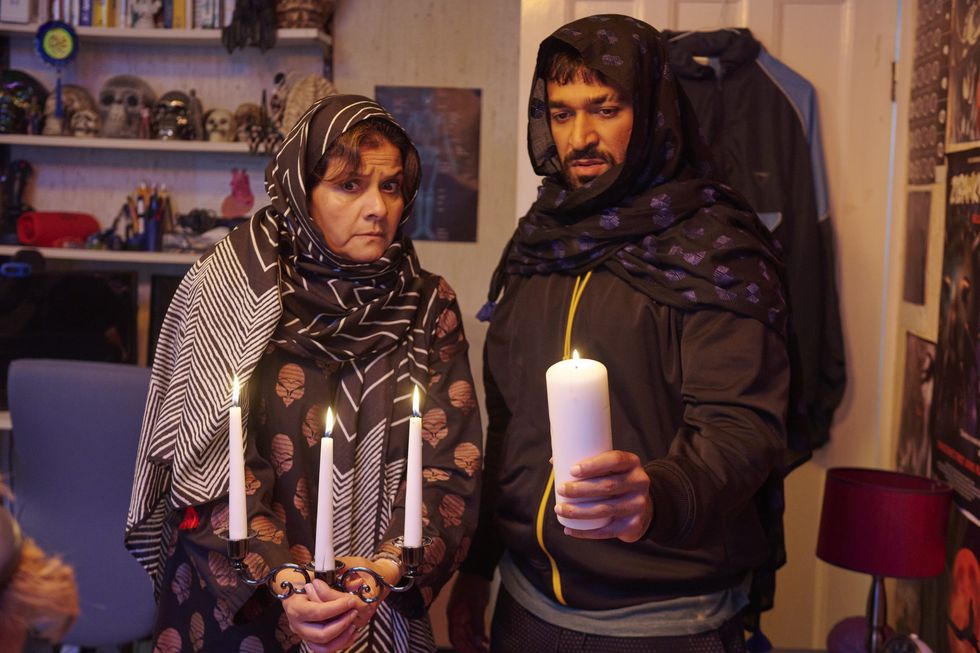




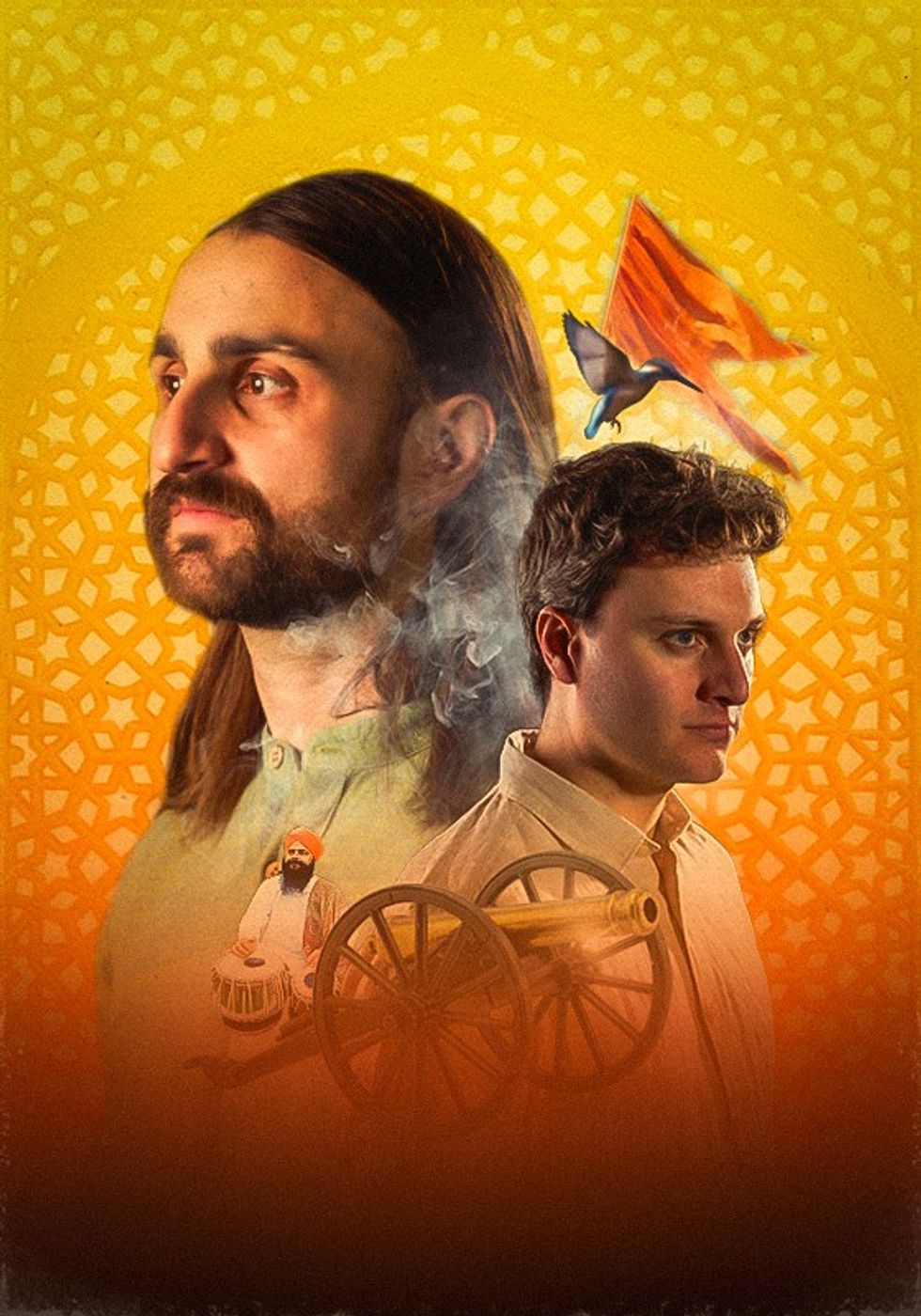 An explosive new play that fuses biting satire, history and heartfelt storytellingPleasance
An explosive new play that fuses biting satire, history and heartfelt storytellingPleasance








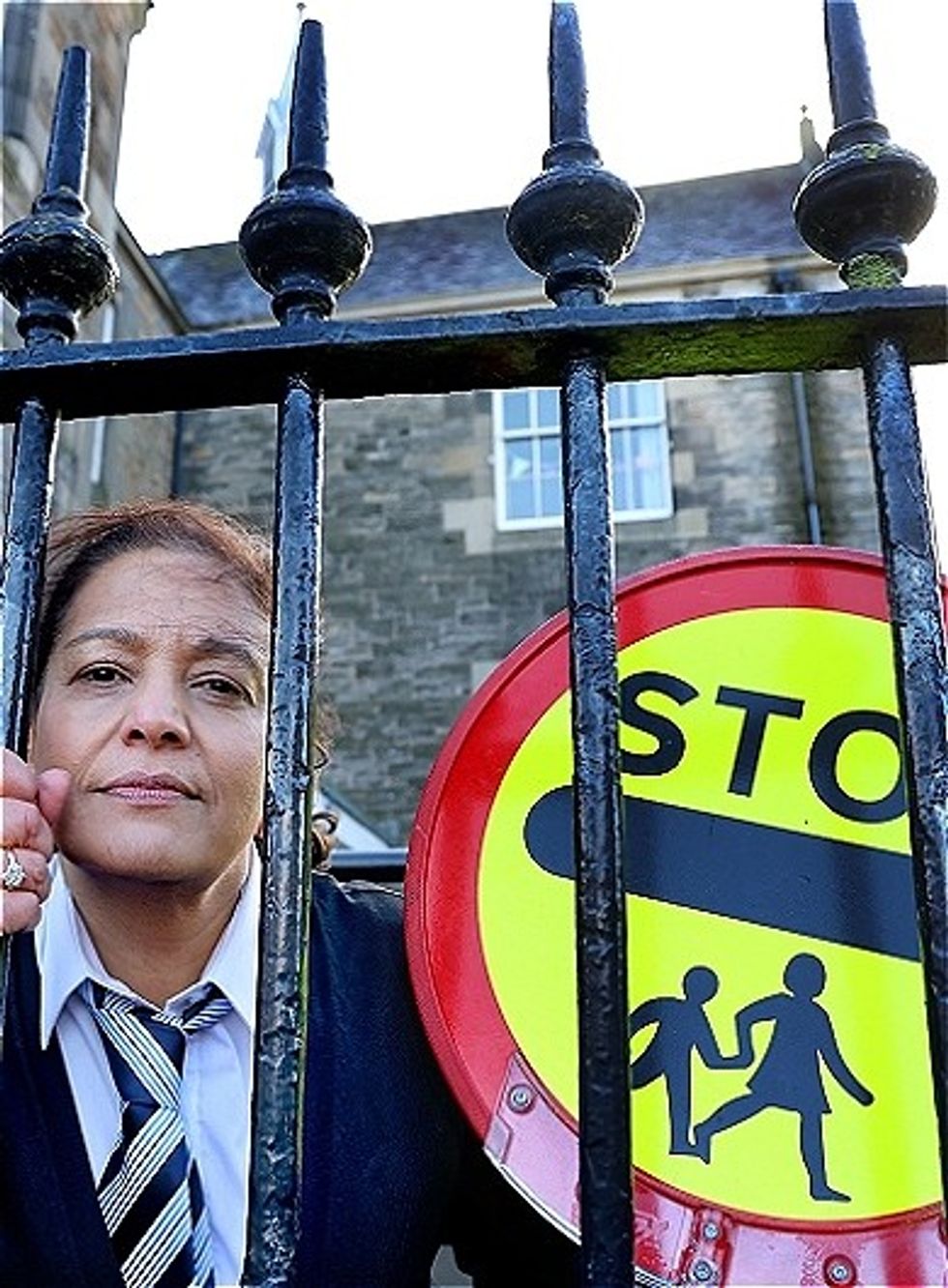 Lunchbox is a powerful one-woman show that tackles themes of identity, race, bullying and belongingInstagram/ lubnakerr
Lunchbox is a powerful one-woman show that tackles themes of identity, race, bullying and belongingInstagram/ lubnakerr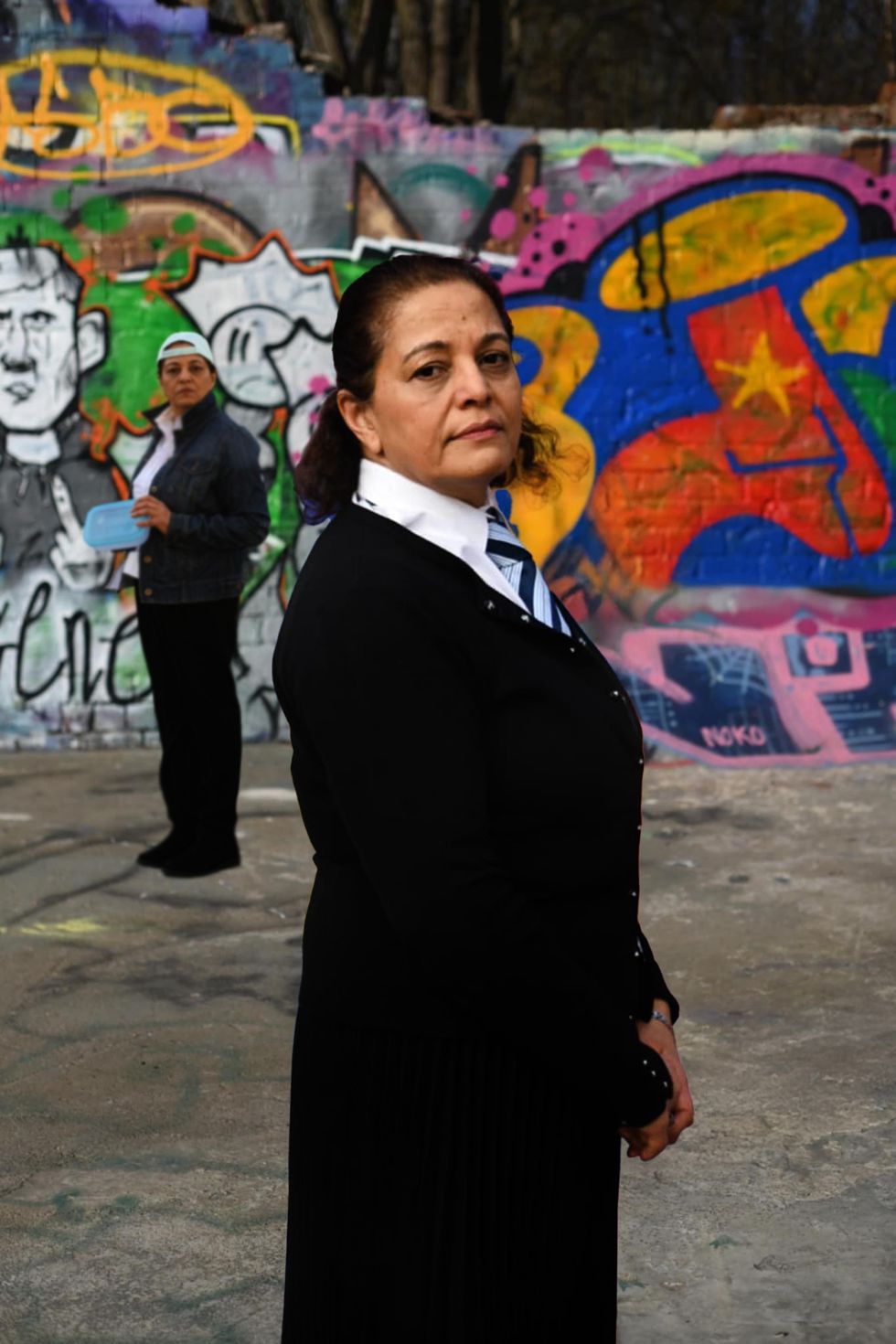 She says, ''do not assume you know what is going on in people’s lives behind closed doors''Instagram/ lubnakerr
She says, ''do not assume you know what is going on in people’s lives behind closed doors''Instagram/ lubnakerr
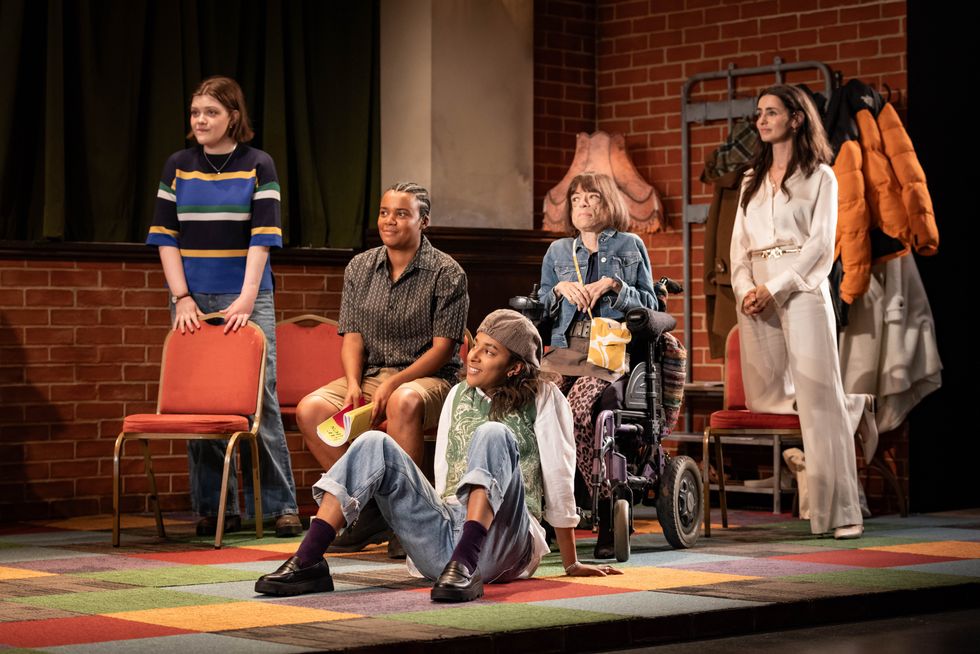 The crew of The Ministry of Lesbian Affairs
The crew of The Ministry of Lesbian Affairs
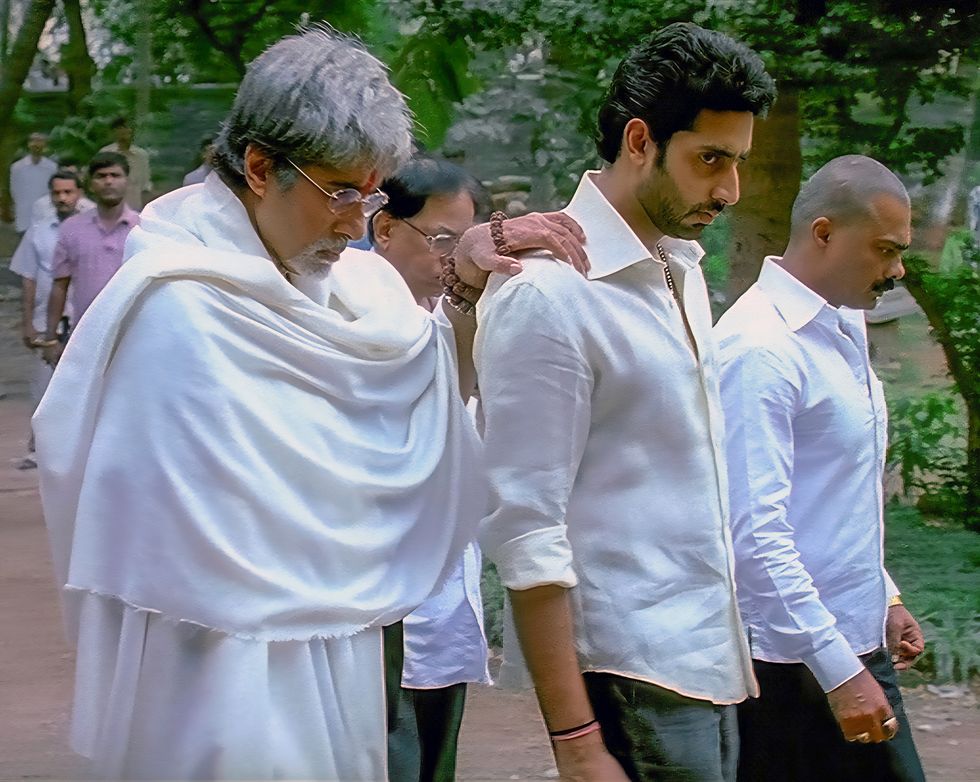 A still from Sarkar, inspired by 'The Godfather' and rooted in Indian politicsIndia Glitz
A still from Sarkar, inspired by 'The Godfather' and rooted in Indian politicsIndia Glitz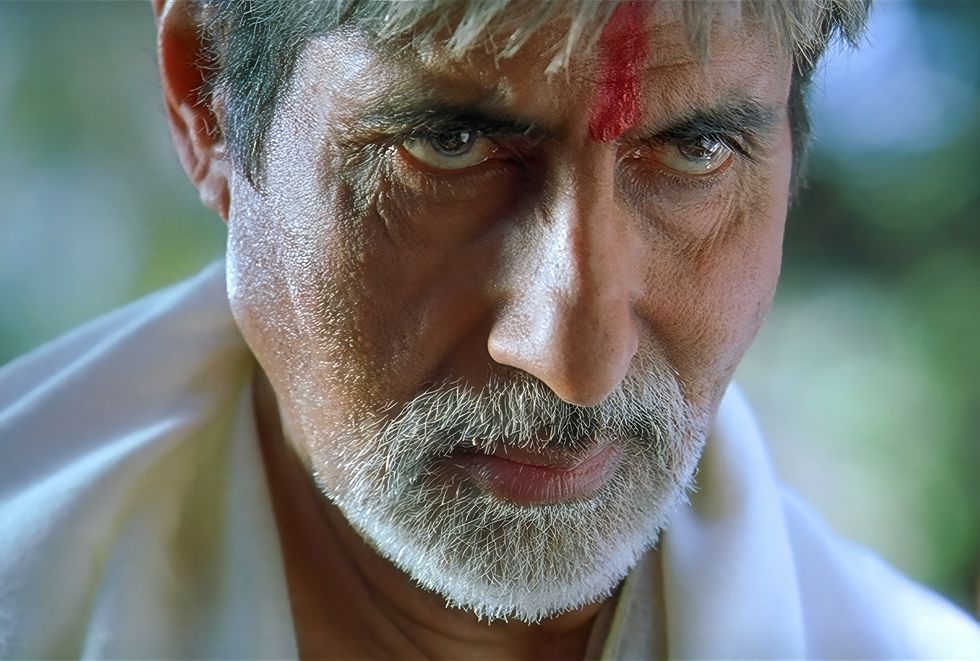 Sarkar became a landmark gangster film in Indian cinemaIndia Glitz
Sarkar became a landmark gangster film in Indian cinemaIndia Glitz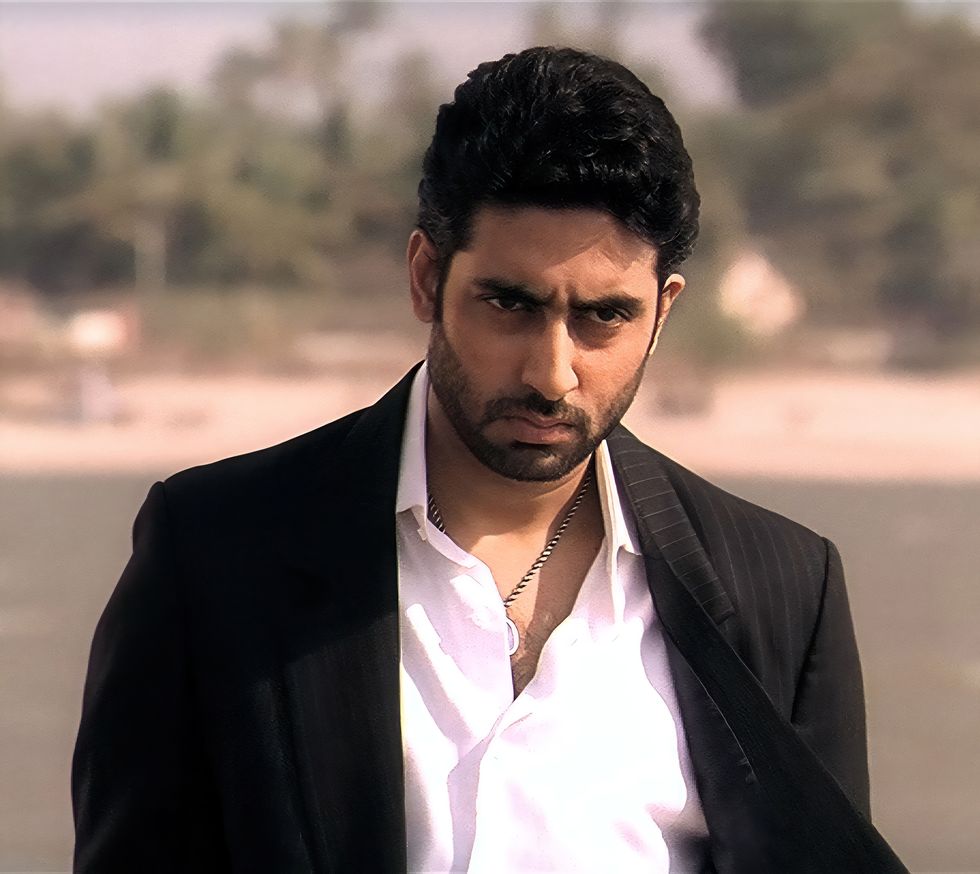 The film introduced a uniquely Indian take on the mafia genreRotten Tomatoes
The film introduced a uniquely Indian take on the mafia genreRotten Tomatoes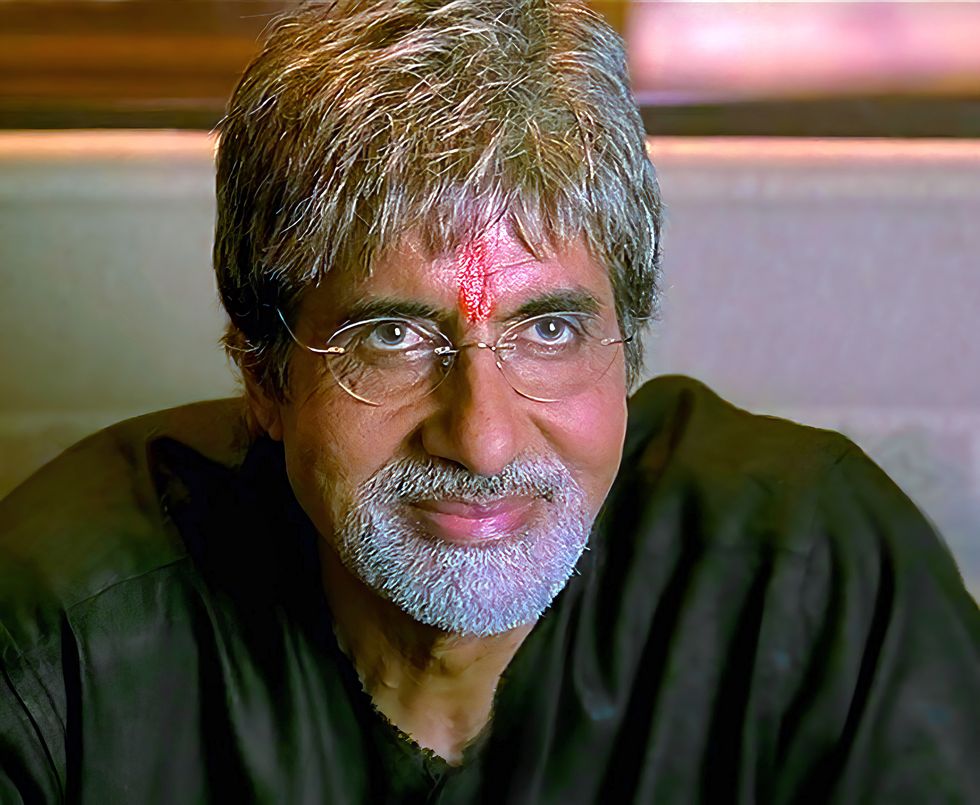 Set in Mumbai, Sarkar portrayed the dark world of parallel justiceRotten Tomatoes
Set in Mumbai, Sarkar portrayed the dark world of parallel justiceRotten Tomatoes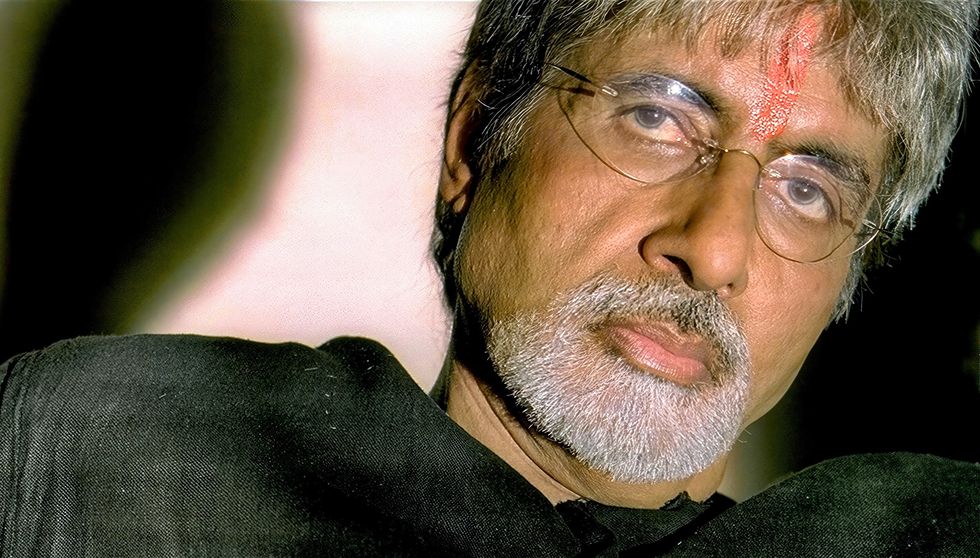 Ram Gopal Varma’s Sarkar marked 20 years of influence and acclaimIMDb
Ram Gopal Varma’s Sarkar marked 20 years of influence and acclaimIMDb
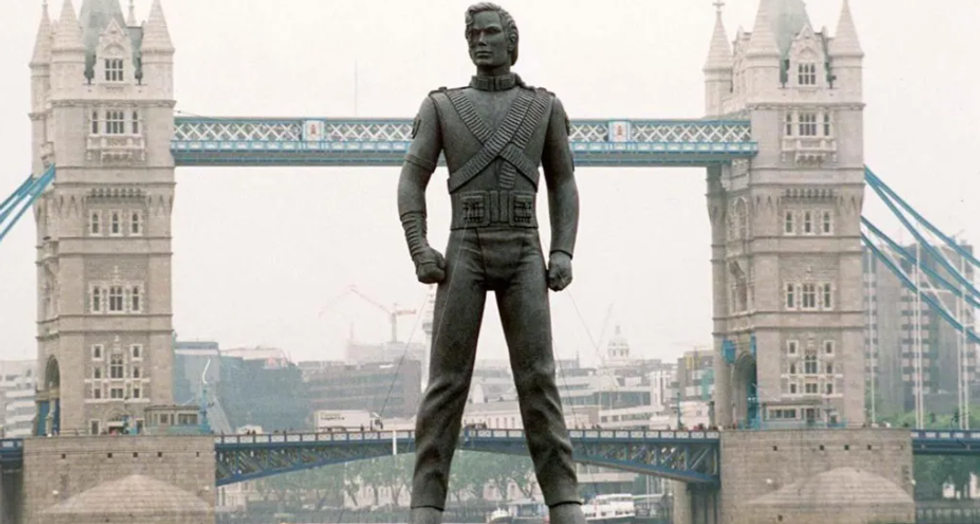 The statues were the product of a transatlantic effortGetty Iamges
The statues were the product of a transatlantic effortGetty Iamges
Police may probe anti-Israel comments at Glastonbury